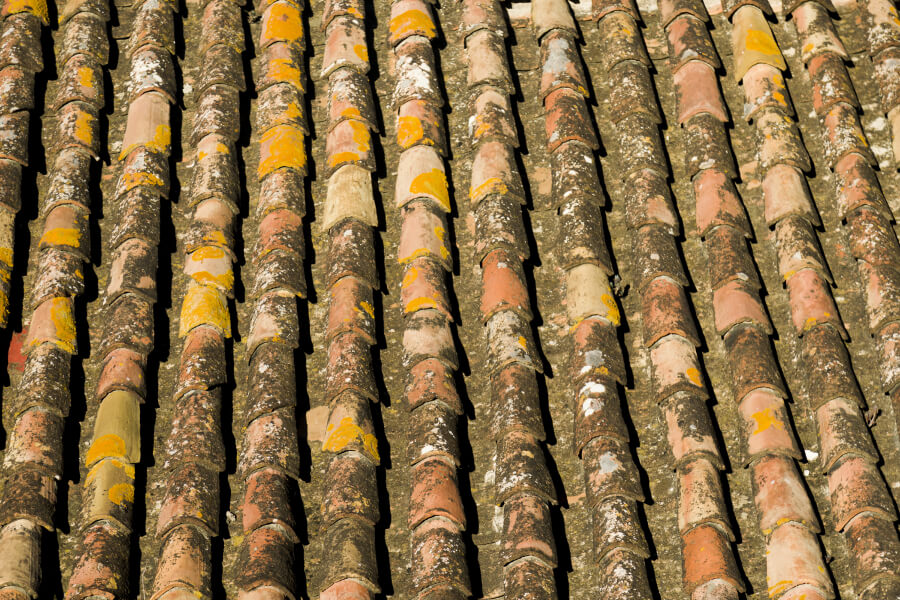How often do you think about the health of your roof?
For most homeowners and property managers, the roof is out of sight and out of mind—until a leak appears. By the time water starts dripping into your living room, the damage has likely been brewing for months or even years. Spotting early signs of roof damage can save you from costly repairs and potential water damage to your home.
One of the first indicators of roof damage is missing or damaged shingles. Shingles are your roof’s first line of defence against the elements, and even a small number of missing or broken shingles can lead to significant water infiltration. After a storm, it’s a good idea to check your roof (from the ground, if possible) for any visible signs of shingle damage.
Another early sign of roof damage is granules in your gutters. Asphalt shingles are coated with granules to protect them from the sun and weather. As shingles age or suffer damage, these granules can wear away and end up in your gutters. If you notice a significant number of granules when cleaning your gutters, it might be time to consider a roof inspection.
Flashing is another critical component of your roof that can be prone to damage. Flashing is used around chimneys, vents, and other roof penetrations to prevent water from seeping in. If the flashing is cracked, corroded, or improperly installed, it can allow water to enter your home, causing damage to your roof deck and interior ceilings.
Sagging areas of your roof are a serious red flag. Sagging usually indicates that there’s been a buildup of water, snow, or other debris that has put extra weight on the roof. This can compromise the structural integrity of your home and increase the risk of a collapse. If you notice any areas of your roof that seem to be sagging, it’s crucial to have a professional assess the situation immediately.
Inside your home, peeling paint or wallpaper can be a sign of roof damage. When water seeps into your walls from a damaged roof, it can cause the paint to bubble or peel. This is often an early indicator of a leak that hasn’t yet made its way through to your ceilings, giving you a chance to address the issue before it gets worse.
Dark streaks on your roof are another sign to watch out for. These streaks are usually caused by algae, which can trap moisture against your shingles, leading to damage over time. While the streaks themselves might not cause immediate harm, they’re an indicator that your roof is retaining moisture—something you want to avoid.
How would you feel knowing that a quick glance at your roof could save you thousands in repair costs and prevent a major disaster in your home?









